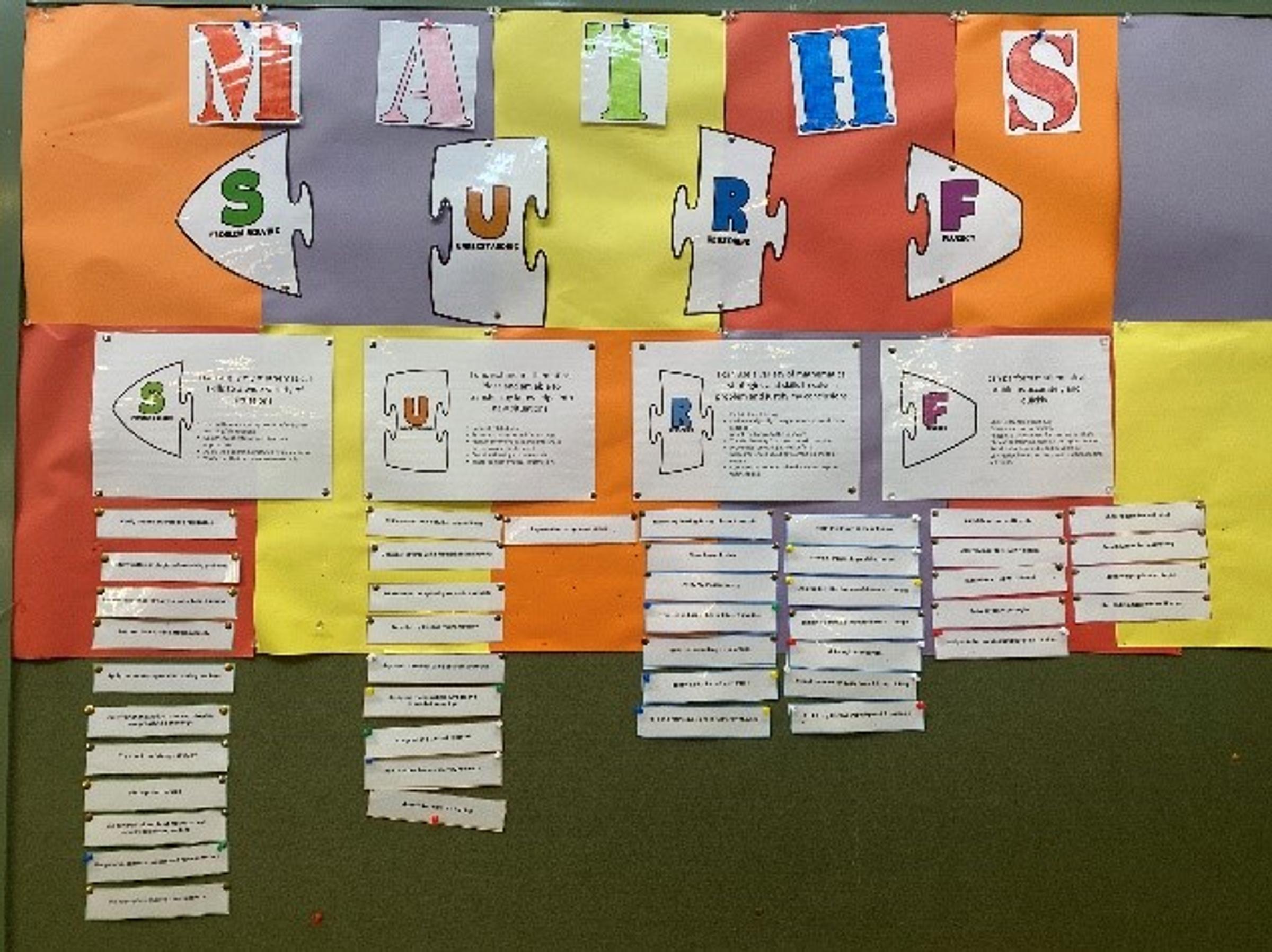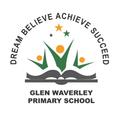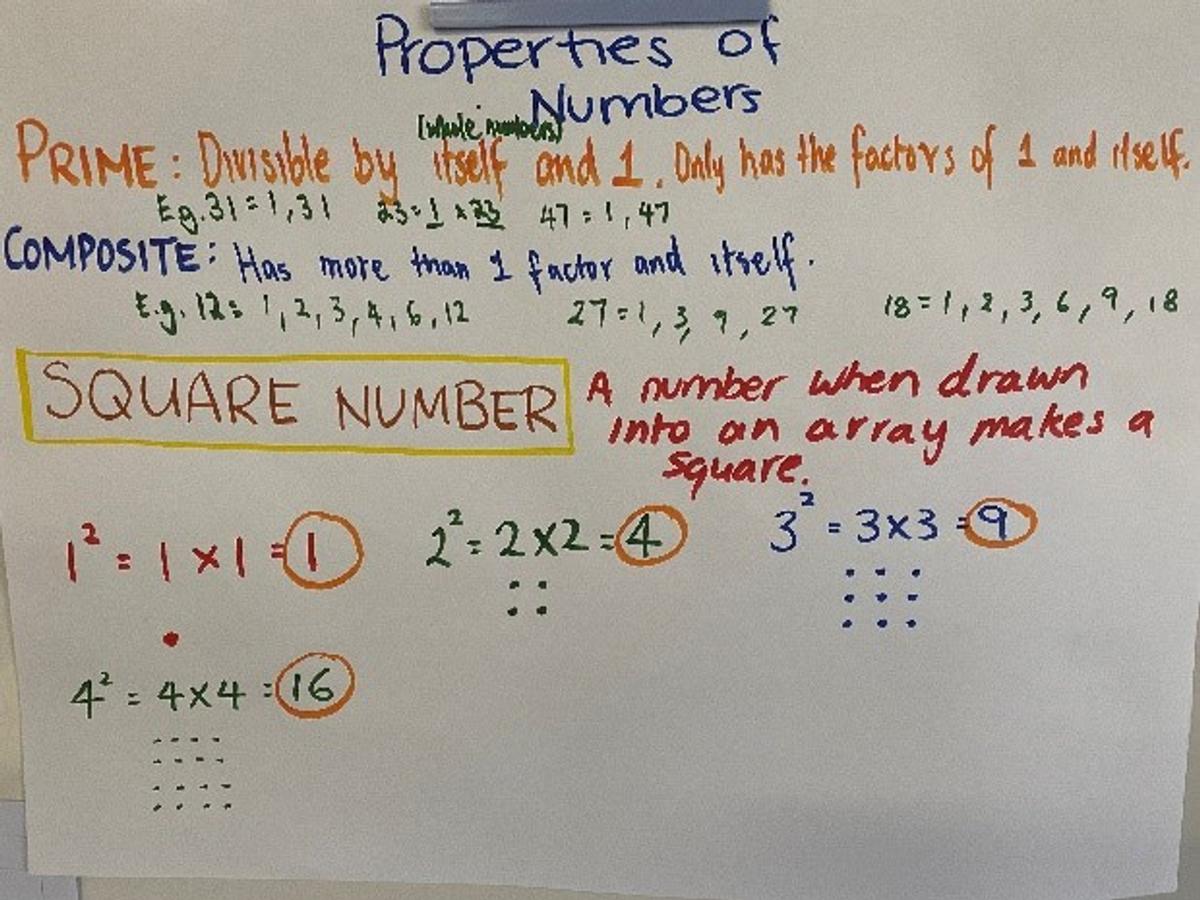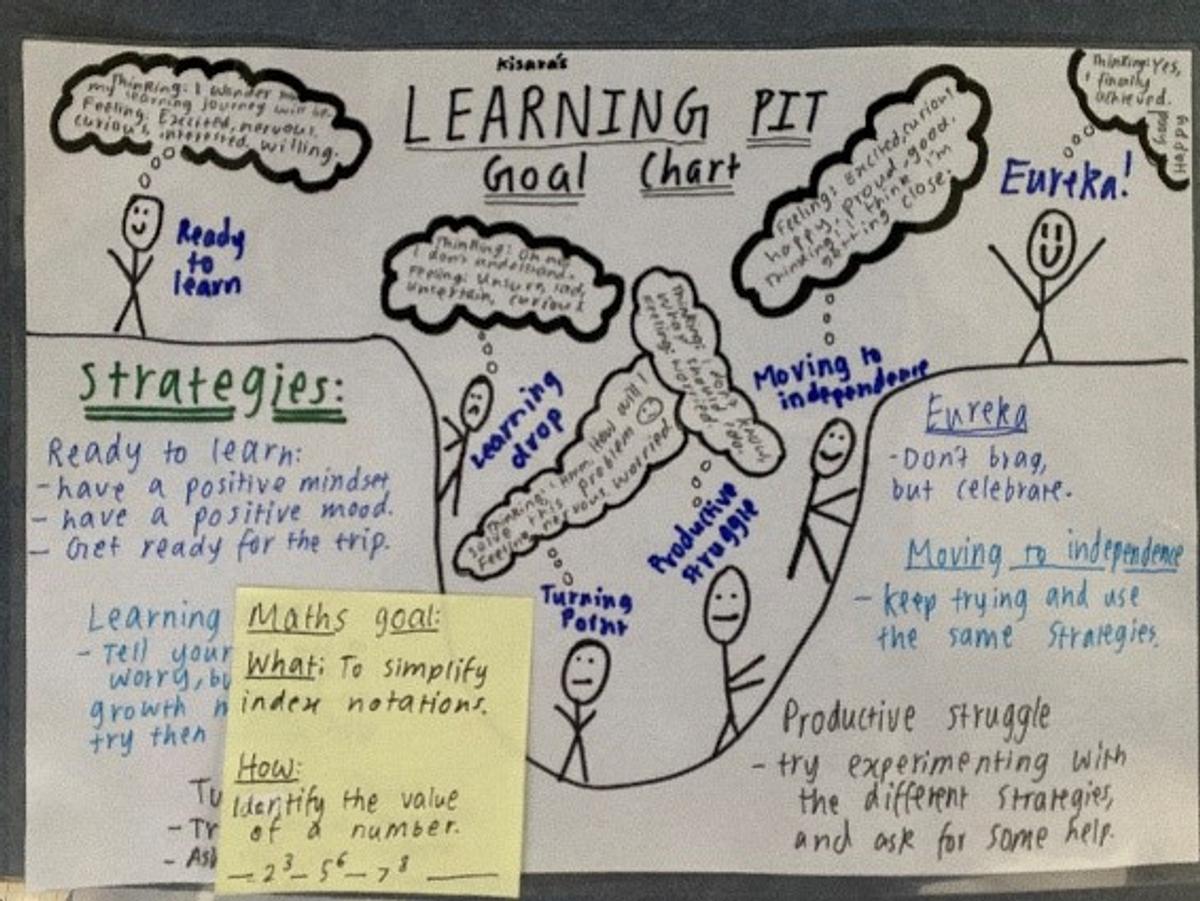Mathematics Overview

Mathematics
During Term One, Level Six learners will be involved in a variety of Maths investigations that are academically rigorous and personalised to their zone of proximal development. This year you will continue to hear the acronym SURF which stands for Problem Solving, Understanding, Reasoning and Fluency. When working mathematically people tend to focus largely on the two areas of Problem Solving and Fluency, which refers to processes are needed to solve the problem and correct calculations of the numbers. However, research shows that to create deeper knowledge of mathematical concepts we need to be talking with children about their Understanding and Reasoning. A great way to do this is by requesting your child to explain their thinking behind their answers or alternatively, asking them is there another way you can demonstrate that is correct?
This term, concepts that will be covered in class include:
Number and Algebra:
- Prime and Composite, square and triangular numbers
- Using the four processes of addition, subtraction, multiplication and division.
- Positive and negative integers
- Index notation and the powers of numbers.
Sitting with your child and completing research on index notation and integers using real life case studies can be an excellent way of helping them to understand its application beyond the classroom. The website www.passyworldofmathematics.com has excellent examples of how this connects to their learning in a meaningful way.
Measurement and Geometry:
- Developing fluency and reasoning strategies to calculate the area and perimeter of regular and irregular shapes
- Finding the size of unknown angles, with and without the use of a protractor.
To help you child enhance their understanding of these concepts, take opportunities to discuss with them ideas such as moving furniture around the room and using strategies to estimate what will fit where (the learners may even want to rearrange their own bedroom). Additionally, when working with angles students can again make connections to the real world by taking the opportunity to view, build and design various structures, looking for the different places that trigonometry occurs and thinking about how it has been used during the construction process. Furthermore, the Mathletics website can also provide your child with an excellent opportunity to practice many of the math skills they are learning in class.


